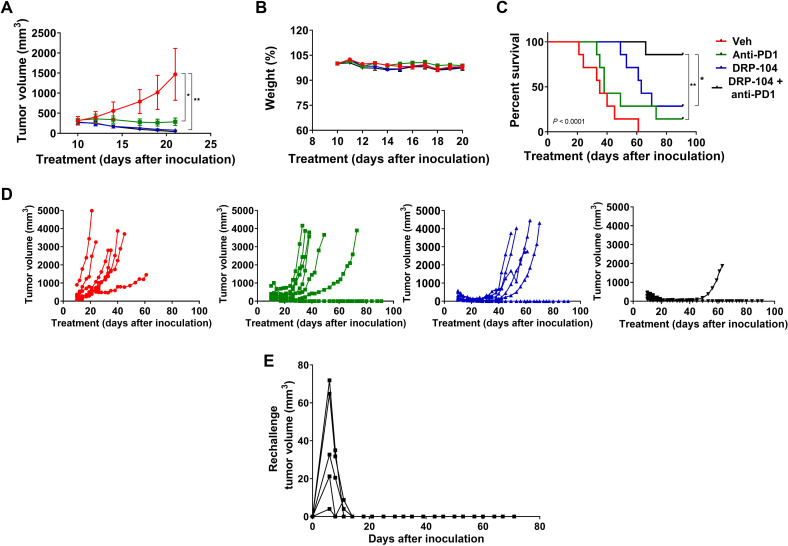Fig. 7. DRP-104 enhances anti-PD-1 efficacy in MC38 tumor-bearing C57BL/6/CES1−/− mice.
DRP-104 (0.3 mg/kg DON equivalent, subcutaneously, 5 days per week, four cycles), anti-PD-1 (100 μg, intraperitoneally, four doses), or the combination was administered to MC38 tumor-bearing C57BL/6/CES1−/− mice from 10 to 36 days after inoculation, after which all drug therapy was discontinued. (A) DRP-104 and anti-PD-1 monotherapy resulted in significant tumor growth inhibition as compared to vehicle (P < 0.05 and P < 0.01, respectively), as did the DRP-104 and anti-PD-1 therapy combination (P < 0.01). Inhibition of tumor growth is shown until the first sacrifice. (B) Administration of DRP-104, anti-PD-1, and the combination had no substantial effect on body weight throughout the experiment. Data are shown until the first sacrifice (data for the entire experiment are shown in fig. S13). (C) Both DRP-104 and anti-PD-1 monotherapy resulted in enhanced survival as compared to vehicle (P < 0.001). When DRP-104 was combined with anti-PD-1 therapy, the combination improved survival as compared to anti-PD-1 (P < 0.01) or DRP-104 monotherapy (P < 0.05). (D) Spider plots of individual mice data treated with either vehicle, anti-PD-1, DRP-104, or anti-PD-1 + DRP-104 show a significant reduction in tumor rebound in the anti-PD-1 + DRP-104 combination–treated mice. (E) Mice initially cured with 2 weeks of DRP-104 monotherapy (0.1 and 0.3 mg/kg DON equivalent dose) were challenged with MC38 cells on the opposing flank 60 days after the last dose of therapy. These mice showed complete rejection of tumor; spider plots of tumor volume are shown.

